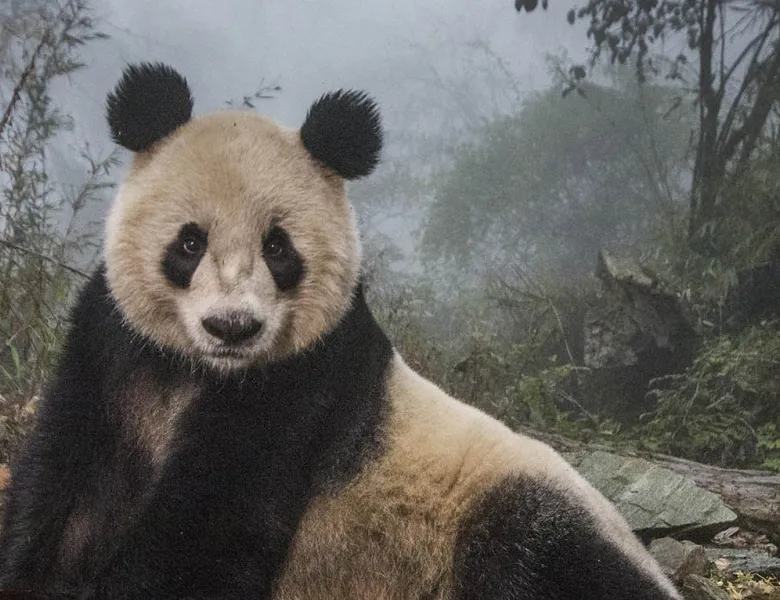Wild New Zealand - Petr Hlavacek, PhotoShelter
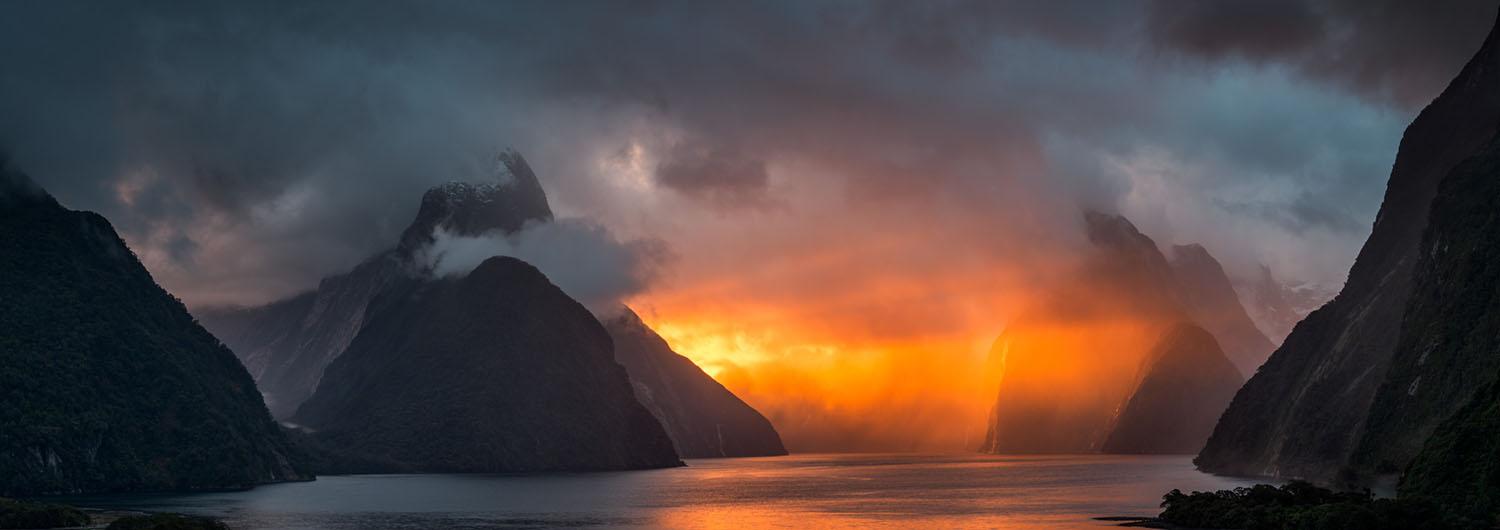
Petr Hlavacek is a renowned and widely published photographer of New Zealand landscapes. Based on the West Coast of the Southern Alps in the Glacier Country in the small village of Whataroa, just around the corner from Franz Josef Glacier.
As well as running a photo library, Petr leads photographic workshops and tours, has a range of products in souvenir shops and works on assignments for New Zealand and overseas clients.
His exclusive prints are available for purchase through his website or at his purpose built space "Petr Hlavacek Gallery" in Whataroa. He is a member of PhotoShelter, the leader in portfolio websites, photo sales, marketing and archiving tools for photographers.
Hi Petr. Tell us about your journey in photography
I grew up in a small village right on the edge of the forest, with backyard doors almost always opened straight onto the woods, and it must have been there, where my passion for nature and the outdoors begun. When I was 18, my parents gave me my first camera, a russian Zenith with black and white film and taking photographs of everything around me it came naturally.
After experimenting with different subjects, it was the landscape scenes that attracted me the most. Photography wasn’t a cheap hobby, so I wasn’t making a great progress until my late twenties. By then, I was able to travel around my homeland and abroad and of course, my camera went with me.
But my journey as a photographer really started to become focussed around my thirties and then, when I first visited New Zealand in 2001. I was fortunate enough to start working as a photographer for a glacier guiding company and simultaneously work as a glacier guide on the Franz Josef Glacier. Here, I became entranced by the spectacular shapes and colours of the icescapes I was seeing every day, and photographing these icy scenes became a great obsession for me.
From here, my photography has expanded and grown. Today, we operate an image library specialising in New Zealand’s wild and untouched landscapes, with a current archive of over 80,000 high-res image files from all around New Zealand. My heart is very closely attached to the wild areas of the South Westland and it’s a huge privilege for me to be able to live and work in this area, right on the border of the Westland Tai Poutini National Park - UNESCO World Heritage Area.
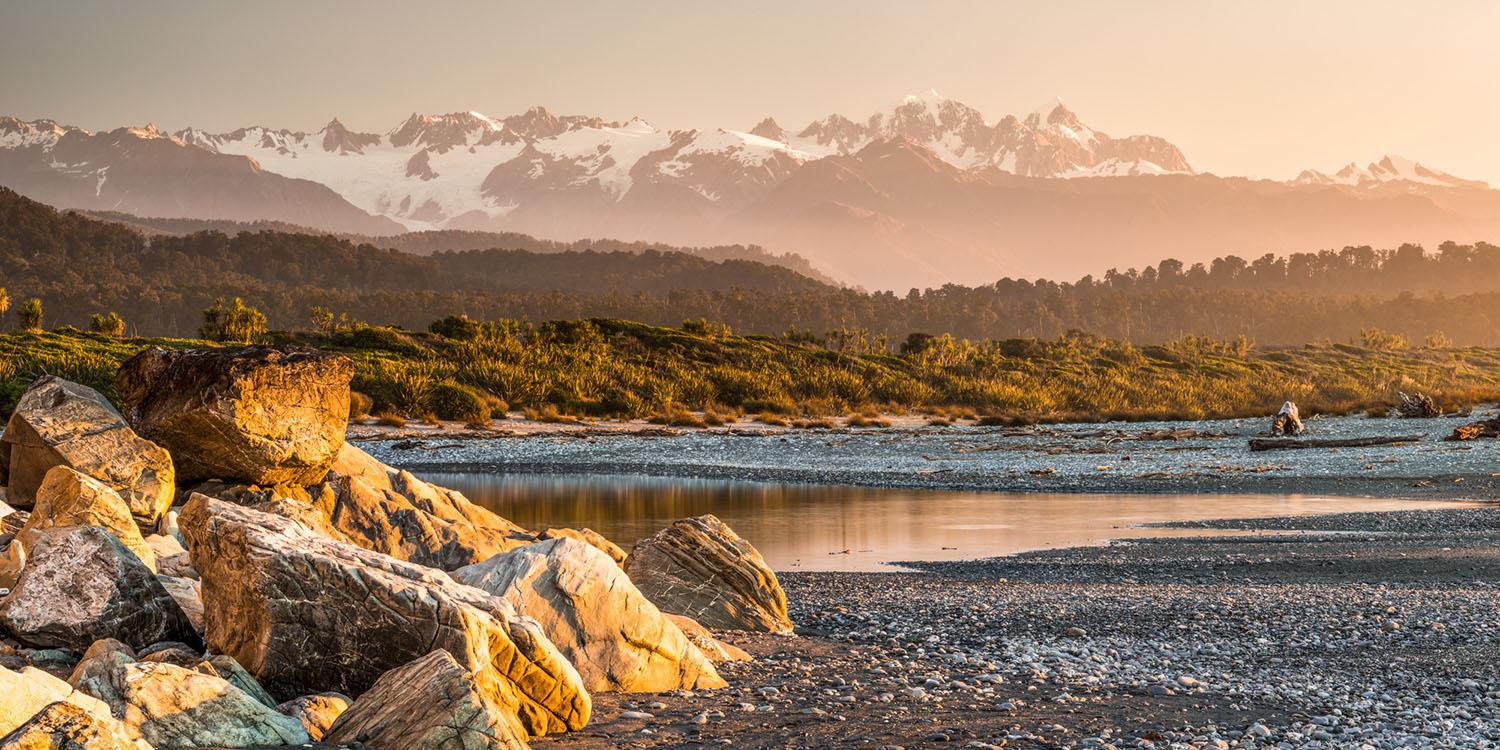
NZICESCAPES IMAGES was established in 2006. Tell us more about the company
Yes, with my partner Kristina, in 2006 we established a specialised, boutique image stock library, NZICESCAPES IMAGES.
New Zealand has many phenomenal landscape photographers and I saw it quite hard going to establish ourselves among these guys. I was looking for a point of difference, to distinguish my photographs, our library from the others and, because I noticed nobody had images of NZ glaciers and its ice like I had, it came naturally to try our breakthrough with my new icy imagery - and that’s also how we came up with our business name.
Today, we serve our clients from around the world with high quality Rights Managed imagery of richly diverse, dramatic and wild New Zealand landscapes. My photographs have been used throughout New Zealand and worldwide by advertising, marketing agencies, appearing in calendars, as well as in many magazines such as New Zealand Geographic, NZ Wilderness, D-Photo, BBC Wildlife UK, GEO Saison DE, Outside Magazine USA, National Geographic Traveler USA, Photoshop User USA, and many others.
We’ve also had two books published on the NZ landscapes in nation wide distribution. We have range of other products in souvenir shops, too. In 2011, we conceived our first itinerary for our photographic workshops/tours and I run them now or a regular basis. Our prime 15 day tour through 6 National Parks is very popular, as well as the private “one on one” trips. I also do commercial work for my New Zealand and overseas clients.
In 2014 we built our new home and included with it a good sized photographic art gallery space, to show the photography in the best way possible.
Petr Hlavacek Gallery is a purpose built destination gallery on 5.5 acres of property in a quiet, secluded, rural setting with mountainous views, outside of the small village of Whataroa on the West Coast of the Southern Alps in New Zealand, just 20 minutes from Franz Josef Glacier.
We refer to it as a “Destination Gallery”, where our visitors can enjoy the gallery viewing in a private environment without crowds, which may often be the case with setting on a busy streets.
There is 20 archival art prints, mounted under the museum glass presented on the walls of the gallery, all as collectible, Limited Editions Archival Art Prints, plus another 50 in the large gallery album.
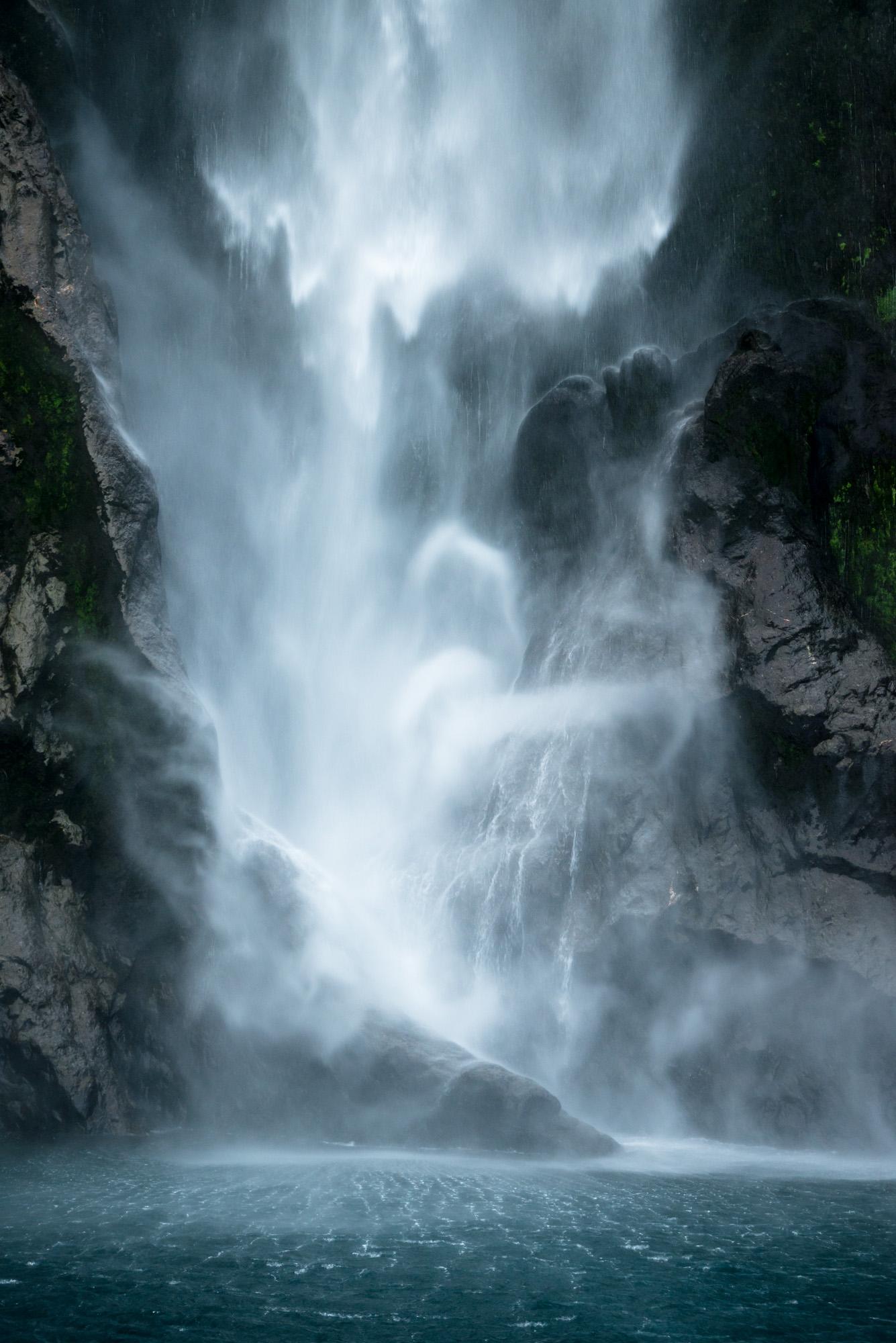
How important is printing and archiving to you?
For me, the photography is all about prints, hence building our gallery. Printing is “the holy grail” of photography, the ultimate culmination of a photographer’s effort in capturing and sharing the moment. Nothing compares to having a physical print in hand.
Since the inception of photography, it has always been about printing the image. Nobody wanted to squint over exposed film, as we all couldn’t wait soon enough to see our picture on paper. There is no difference for me today, except we make a print out of a digital file and I can print it myself with a total control from capture to final print. Printing is also an unforgiving test to our photography and processing skills, helping us to improve in these areas. With today's range of Fine Art museum grade papers available, their great capacity to combine with pigmented inks, the printed images if correctly prepared, are just incredible. Not to mention the archival qualities. These prints need to be seen to be fully appreciated.
It is an uplifting feeling to be able to produce images of wild, untouched landscapes and then to archive the best of them as a testament, as the archival prints for art collectors and thus future generations. There is no better feeling in photography, than seeing the print as it rolls out of the printer. It’s incomparable with looking at pixels on a screen.
What makes a great landscape photo?
I can imagine that not all of us will have the same criteria here, but for me it’s very clear - a great landscape photograph has to make you stop and feel. It has to stir emotions, expel the feeling or transfer you to that place. I hope that people viewing my images feel like they are there, experiencing the moment with me. I wish that they will feel the cold, sunshine or the wind… and hear the ocean or the river.
I also hope that people looking at my photographs return to them again and again to discover more in them; new details they might have missed the first time, new feelings they may feel by re-visiting within the image. Sometimes it takes a few viewings to grow into the photograph, sometimes it takes just a first glimpse but I think that growing into a relationship with the image builds up a more substantial, lasting feeling with it. And that’s exactly the same with making the photograph in the first place. Rarely do we get a wonderful image the first time, it does happen but usually it takes more attempts to craft the best out of the location, catching the best light.
I think returning to view the same photograph over and over again is the testament and the sign of a great photograph.
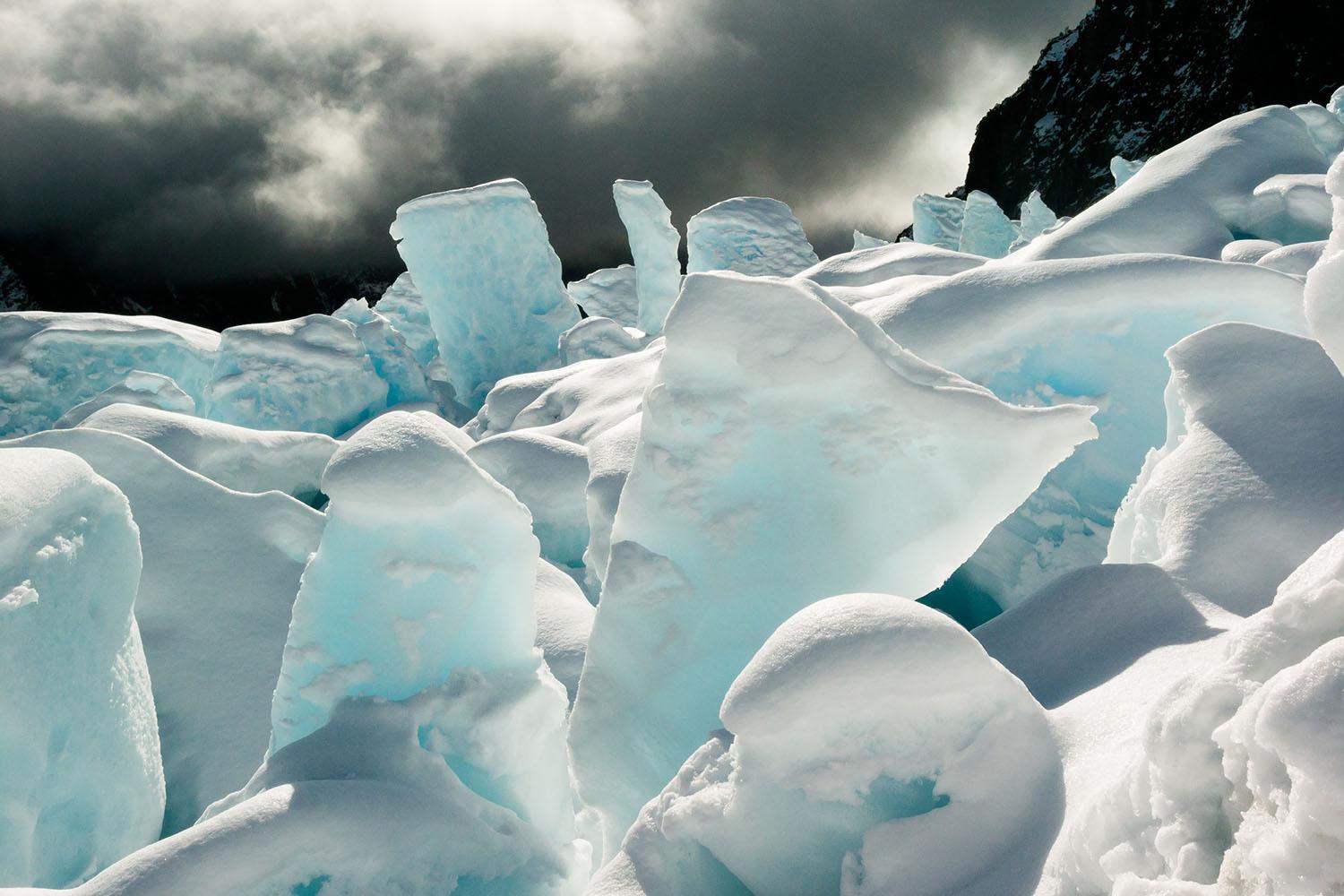
Do you have a photographic philosophy?
These are going to be big cliche words, often misused these days, but fundamentally it’s true. We need to be humble to our environment, we need to recognise and respect that it’s not us who is the boss here but Mother Nature. We can’t constantly screw it up, take advantage of it, we need to amalgamate, adjust with the environment, to live with it, not against it.
I think that we, as landscape or nature photographers, need to be setting and promoting the highest standards in our relationship with nature for everyone because if we won’t do that, the lower norms may be accepted, taken for granted and that would not help in protecting our precious, wild landscapes.
I always try to be honest, unpretentious in my photographs, as I strive to capture, not artificially create, the moment and mood in the landscape as it was in front of me. Some may call it an old fashioned, boring landscape photography but I want people who weren’t there with me, to experience it too, to show them how it was there rather than illustrating and creating an artificial images afterwards.
Generally, I’d love my landscape photographs to be timeless, appealing to viewers in 50 years time, as strongly as today. I don’t drop in skies, remove structures, make mountains bigger, change colours… that’s just not my style. I think The Mother Nature has developed the most beautiful environment for us here and it’s up to us, landscape photographers to capture it in its best and raw conditions out there, in the elements and as true to the real scene as possible, rather than from the comfort of a couch and running softwares…at least, if we want to call ourselves photographers.
By saying this though, I don’t have a negative view on the heavily manipulated, often beyond reality, images. I’ve seen some incredible artworks created like that but I have my view on labelling it as a landscape photograph.
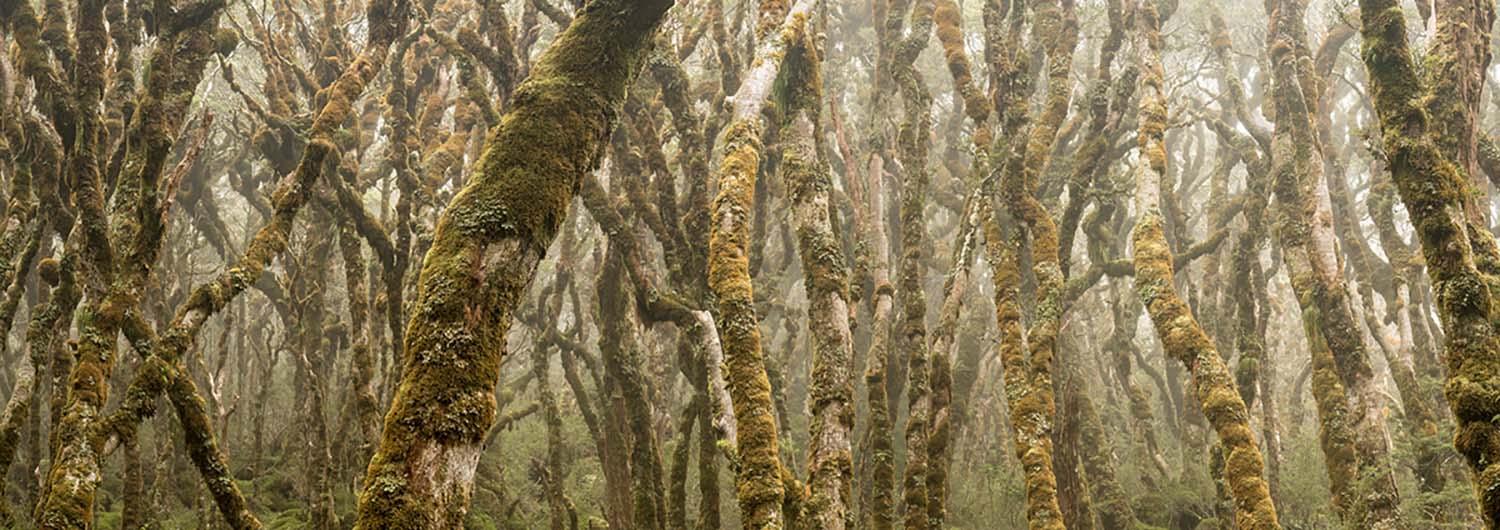
Where and when was your last shoot?
My last photo shoot was just before Christmas, when I was working on a commission for the Fox Glacier Guiding Company near Aoraki Mount Cook Village on the longest NZ glacier - Tasman Glacier. The shoot took a bit longer then what we planned for due to the weather conditions so we had to stick it out for the extra 2 days waiting for the strong winds and rain to subside. The helicopters were involved to take all the crew and stuff up and relocate during the shoot. It’s always exciting working in this alpine environment and I never get enough of it.
I took advantage of being in the area and stayed an extra couple of days focusing on producing new images for my own portfolio/image library.
These days, it’s very hard for me to allocate a decent amount of time for my personal ventures into the landscapes. If one runs a photography business, it just needs to be treated as business so a lot of time is spent at computer, unfortunately. Also my presence in my gallery is now very beneficial for the art print sales.
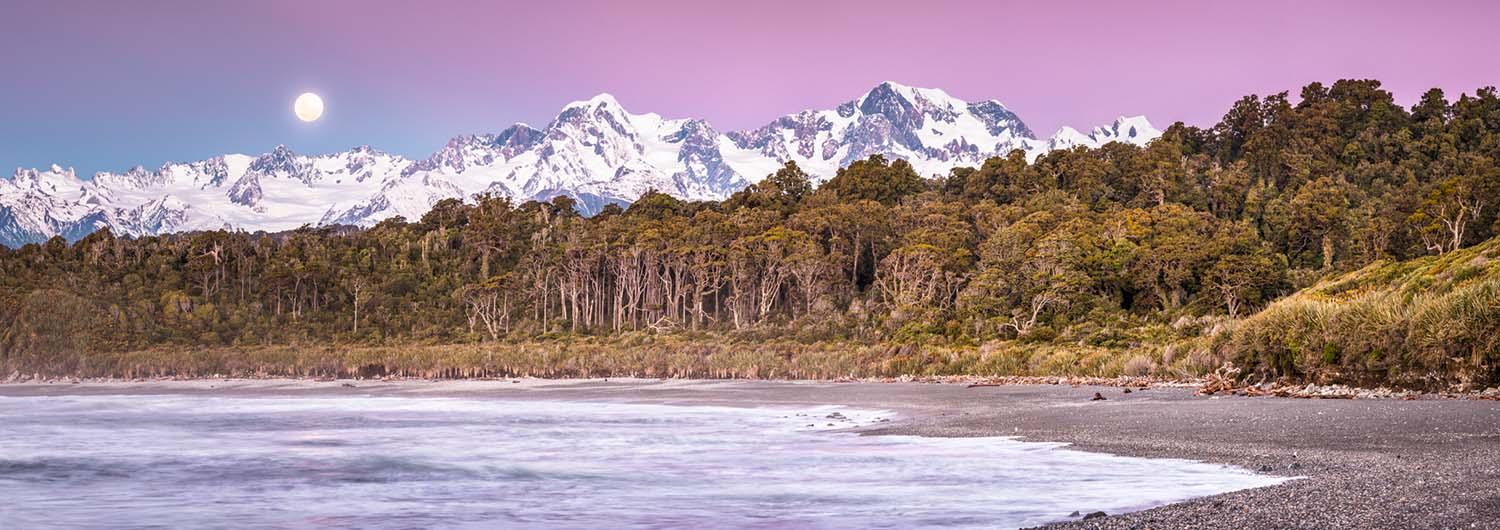
What's next for you?
The last 3 years have been very busy for me, with the culmination of our grand opening in March 2016. I didn’t really have much opportunity to give enough time to proper marketing of our gallery so my next challenge will be to stay put for some time and try to establish some viable marketing plan for my Limited Edition Art Prints.
There is part two of the photo shoot on Tasman Glacier in a pipeline but when it comes to my personal projects, the prime landscape photography season for me is during NZ winter months, which is from June through to September. Until then, I should be quite easy to reach, unless I take myself out of the office or some unplanned commercial work arrives on my desk.
nzicescapes.com / photoshelter.com






